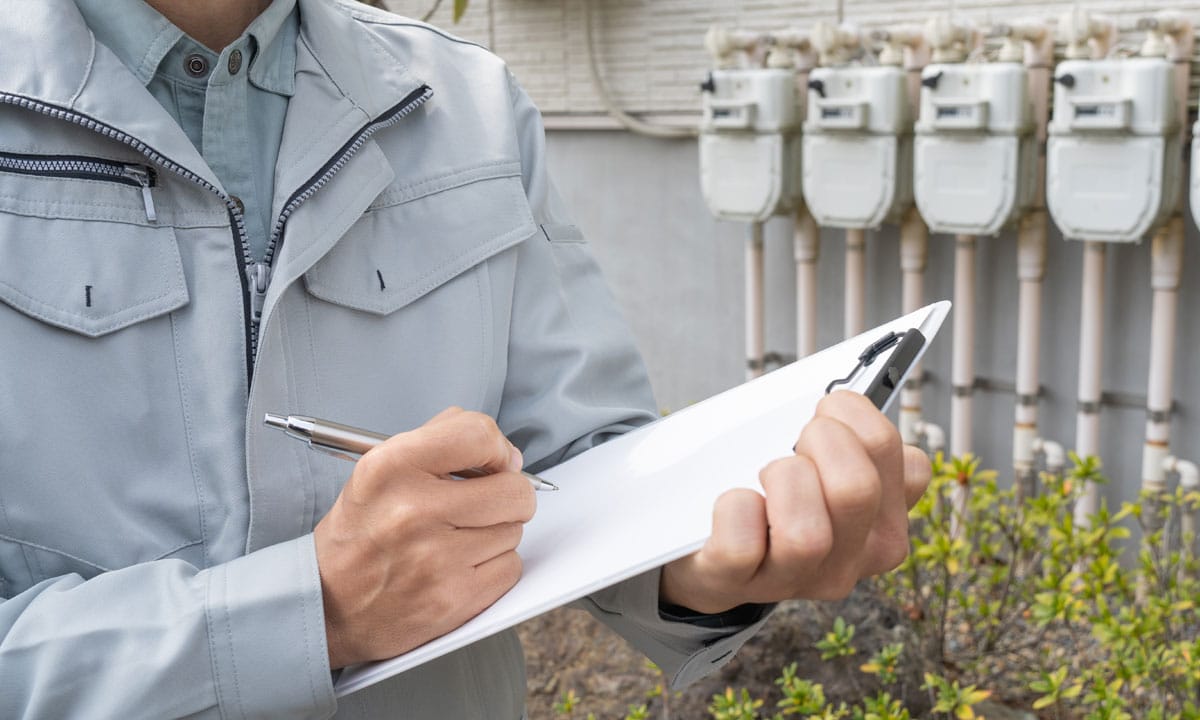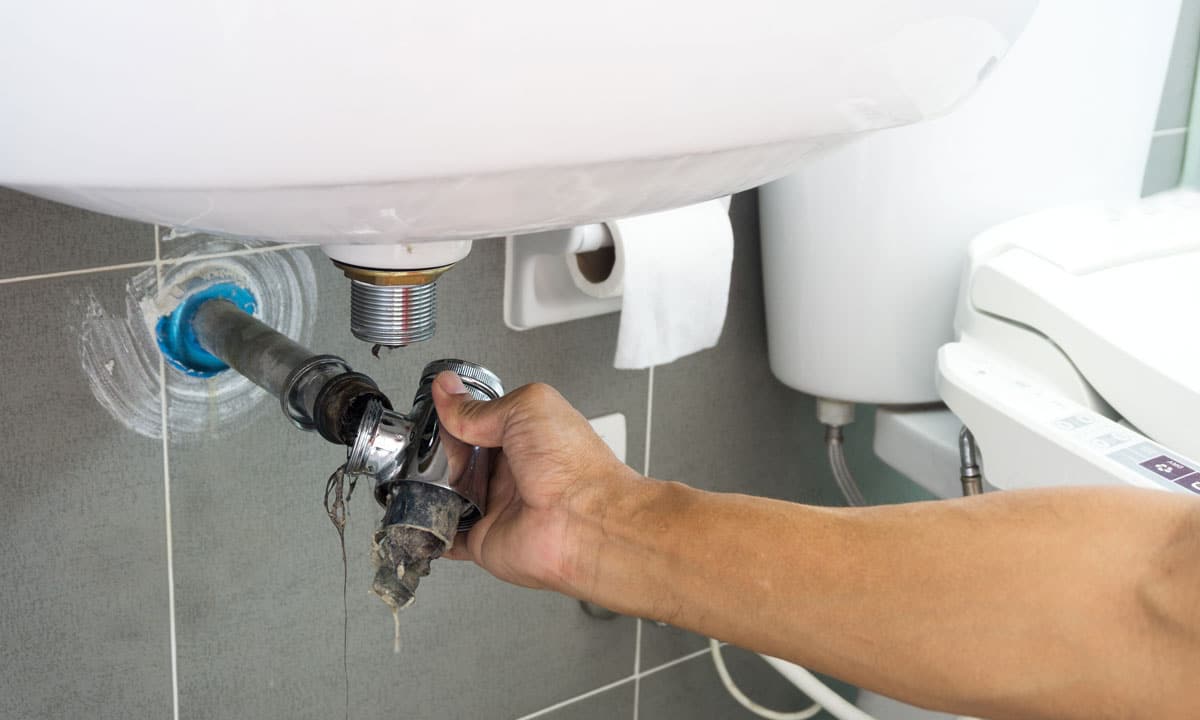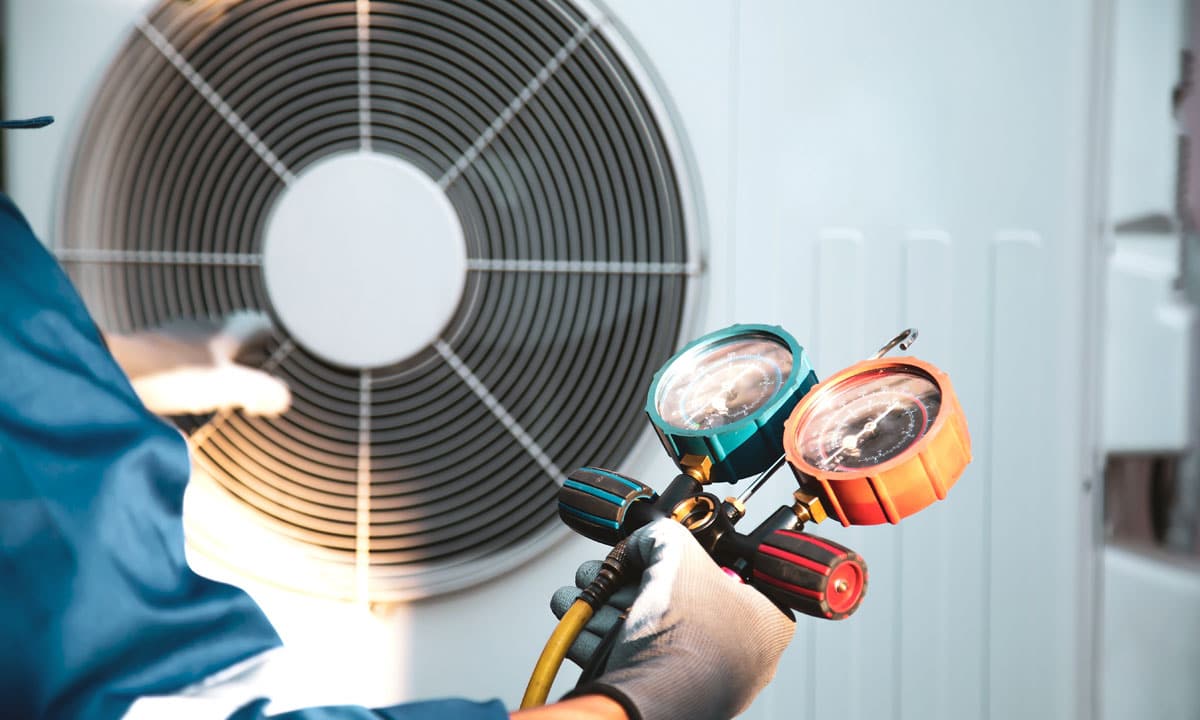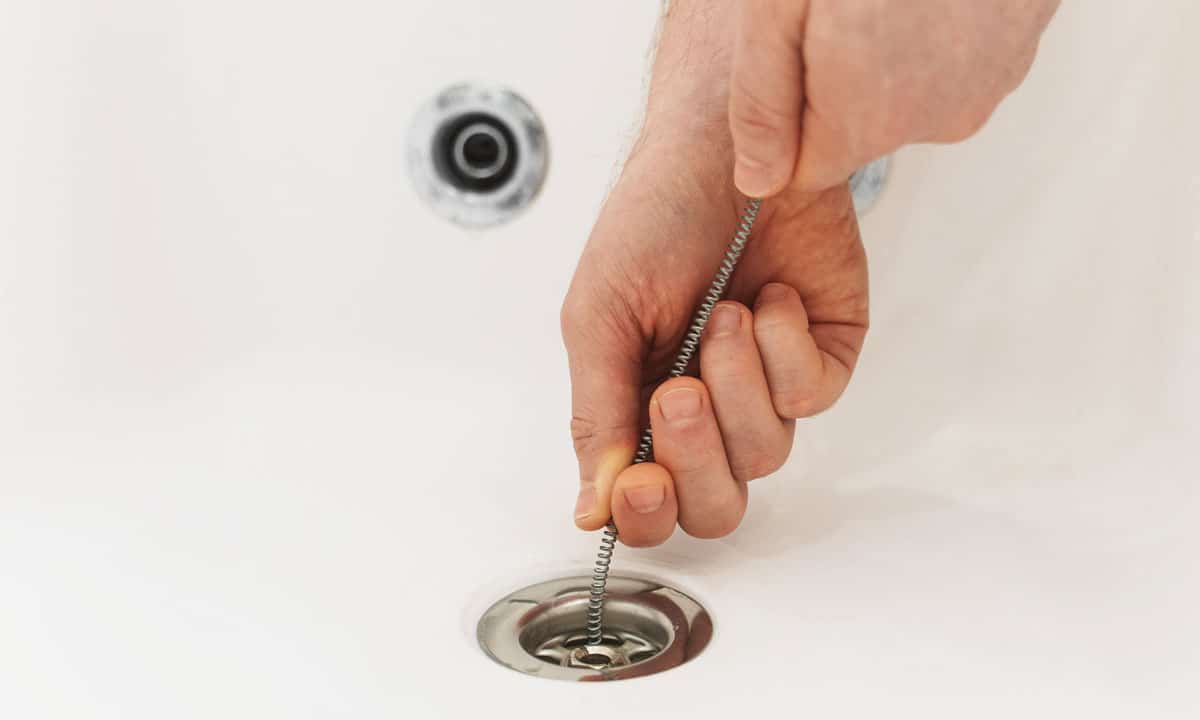Perfect indoor cooling isn’t only about finding the right temperature – humidity has a great impact on how comfortable we feel indoors, too. Too much or too little can be harmful, which is why it’s important to find the right balance of humidity inside your home.
In our blog, the indoor air quality experts at Radiant Plumbing and Air discuss ways to balance humidity levels in your Texas home for year-round comfort.
Relative Humidity in the Home
Temperature and relative humidity are both factors that affect indoor comfort within a home. While actual humidity indicates the amount of airborne water vapor is present, humidity accounts for air temperature and reflects how much water is held compared to the air’s capacity for retaining water. Relative humidity is expressed as a percentage.
When air is colder, its capacity for holding moisture isn’t as high as it is when the air temperature is warmer. This is why high humidity tends to be more of an issue in the summer rather than the winter.
Too little or too much humidity in the home is unpleasant. It’s important to keep humidity levels balanced for comfort and protection. For most homes, relative indoor humidity levels should be kept between 30 and 60 percent. Reducing humidity prevents excess moisture buildup, while adding moisture increases relative humidity.
Low Humidity Issues
You always want humidity in the home’s air – if air was completely dry, it would affect your body and cause comfort issues inside your house. Dry air causes the body’s mucous membranes to dry out which can cause discomfort, leading to dry sinuses, a scratchy throat, and nosebleeds. Dry skin and cracked lips are also common and static electricity is abundant, causing shocks as you move about.
When air holds humidity, it feels warmer. The moisture in the surrounding air helps to hold heat to our skin, making the body feel warm. If the air is extremely dry, we feel colder because our bodies lose heat quickly without surrounding moisture, which can cause discomfort. Plus, air doesn’t hold heat as well when it is dry so there may be issues comfortably heating the home. In the wintertime, many homeowners find it necessary to add humidity to their home’s air, both to protect the body from unpleasant physical symptoms, to help bodies feel warmer, and to protect woodwork in the home that can dry out and sustain damage.
High Humidity Issues
Air that is extremely saturated with moisture feels warmer. The excess moisture can make it difficult for the body to cool down as it holds heat to the person, which can be dangerous if overheating occurs. Allergens like mold, dust mites, and other organisms thrive in moist environments, leading to an increase in allergy symptoms.
Excess moisture causes the air to retain too much heat, which can make it difficult for an air conditioner to cool the home down as desired. Condensation can form on surfaces throughout the home, causing water damage, warping, and other destruction, which is why people search for ways to reduce humidity.
Ways to Reduce Humidity
Excess humidity is often seen as a greater concern than low humidity inside the home. Because of the potential for damage and mold growth, homeowners should implement ways to reduce humidity and keep levels in balance. Mechanical ways to reduce humidity involve dehumidifiers, but there are natural ways to reduce humidity in the home, too.
1. Reduce the Amount of Moisture Added to the Air
Activities such as washing clothes and dishes, taking showers, and other chores add heat and humidity indoors. Because these activities often take place in confined areas, moisture can quickly build up without good airflow, causing discomfort and damage.
Try to reduce humidity by taking shorter showers, opening windows and doors for ventilation, and using exhaust fans to remove moisture.
2. Houseplants Offer Natural Ways to Reduce Indoor Humidity
By absorbing moisture in the air, indoor plants provide natural dehumidification to decrease humidity. A few varieties of houseplants that are ideal for humidity management include the Boston Fern, English Ivy, and Reed Palm.
3. Keep Your HVAC System in Good Shape
Proper HVAC maintenance is one of the most important ways to reduce humidity. Poor maintenance leads to dirt accumulation on key system components, such as the cooling coil, preventing the air conditioning process from also dehumidifying the air. Regular maintenance tune ups keep your system clean so it can perform in ways to reduce humidity.
More Ways to Reduce Humidity
If you’re looking for more ways to reduce humidity in your home, a whole home dehumidifier installation is a smart choice. A whole home dehumidifier removes moisture from the air as your air conditioner works to cool the house. Using a dehumidifier is one of the most efficient ways to remove humidity with your HVAC system – call Radiant today to learn more.








